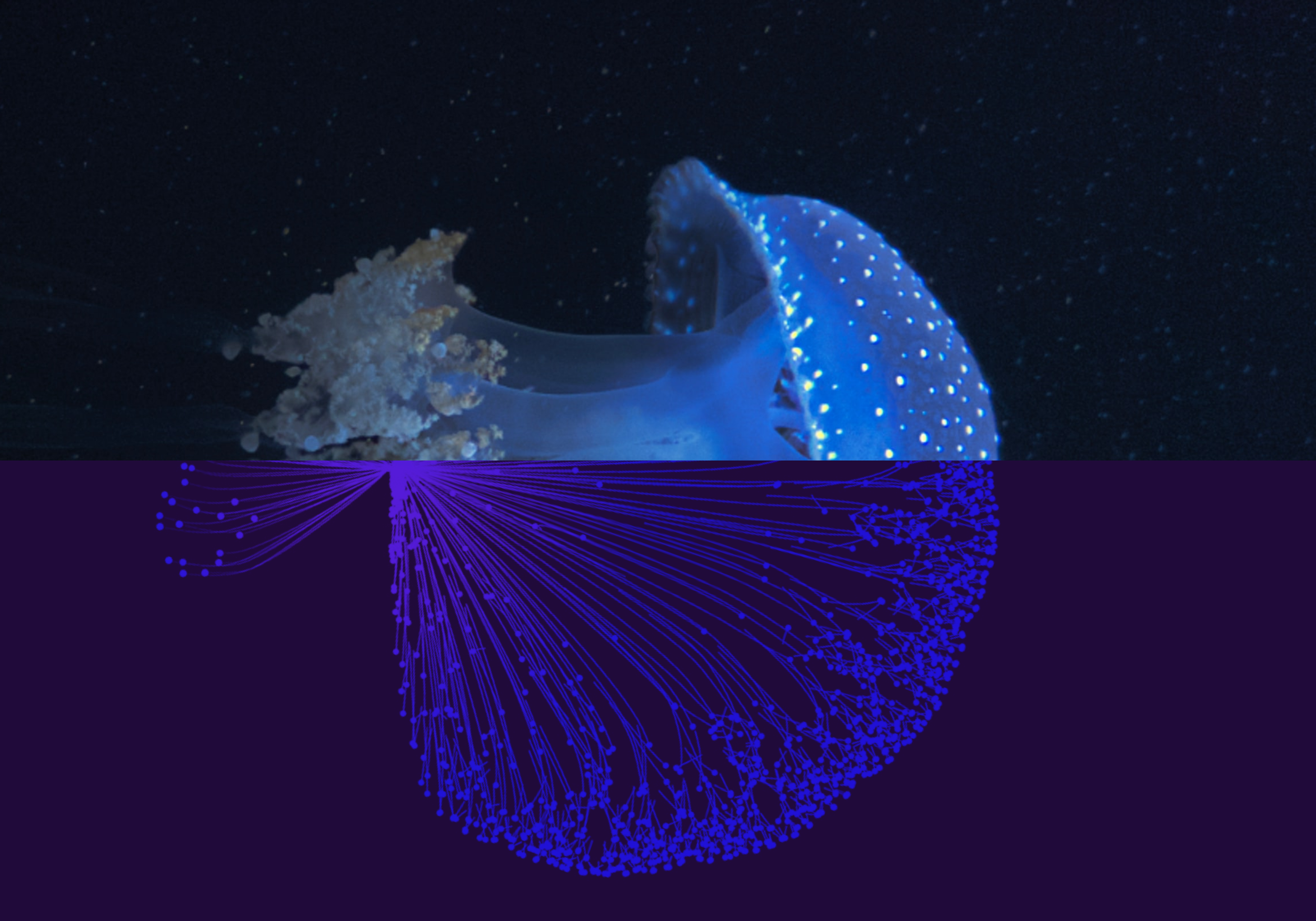Digital Twins of the Ocean and Data Interoperability
In this article, HUB Ocean’s operations manager Tom Redd writes about data interoperability and why it is essential when creating complex applications that share data from various sources.
Our knowledge of the ocean remains fragmented, but prospects of a more comprehensive and accurate understanding have never been more promising. Digital twins, once created to operate independently, are increasingly designed to work together, or to "interoperate".
The ocean is a complex and dynamic environment but advances in computing and data collection offer exciting opportunities to see what goes on beneath the waves. You could call it turning on the light in the ocean.
Digital twins – a buzz and an answer
Digital twins are virtual representations of the ocean, which are becoming increasingly important as we strive to understand and protect our planet's delicate marine ecosystem.
However, the development of these digital twins is complex and requires the integration of data from a wide range of sources, including satellite imagery, ocean sensors, and environmental models. This is where interoperability comes in.
Without interoperability, the lights will remain off.
Our need for interoperability
Interoperability is the ability of different systems, devices, and applications to work together and share data seamlessly. In the context of digital twins of the ocean, interoperability is essential for enabling different ocean-related data sources to be integrated and for different digital twin applications to communicate and exchange information with each other.
Different data sources often use different formats and protocols, making it difficult or impossible for them to be combined and analysed together. Interoperability allows for the development of common standards and protocols that enable different data sources to be integrated and for different applications to share data with each other.
API - Magic When Used by All
An API (Application Programming Interface) is a set of protocols and tools that allow different software programs to communicate with each other and exchange data. By using APIs, developers can easily integrate data from different sources into a single digital twin, allowing for a more complete and accurate representation of the ocean.
In the context of digital twins of the ocean, APIs can be used to enable different data sources to be integrated and for different applications to share data with each other. For example, an API could be used to allow a satellite data system to share ocean temperature data with a digital twin application that is simulating ocean currents.
By using APIs, different systems and applications can share data and work together to create more comprehensive and accurate digital twins of the ocean.
But for this to work, data providers around the world will need to agree on a common way to expose data via APIs. To stand a chance at being widely adopted, these protocols must be open-source and community-driven. It is for this reason that HUB Ocean joined the Open Geospatial Consortium (OGC) in 2022.
On the right track
Thankfully, the world is on the right track to increase interoperability and openness. In February 2022, we saw the launch of one of the largest digital-twin projects -- the Iliad, an interoperable and data-intensive digital twin of the ocean developed by the European Union. Several pilot projects including monitoring the North Sea and predicting jellyfish swarms are already underway. HUB Ocean is working to define how distributed digital twins of the ocean will be built.
Through this project and others, ocean data is becoming less siloed, enabling new innovations to illuminate the ocean and address its problems. As we enter 2023, we hope to see even more energy and commitment that bring interoperability to new heights in policy and practice.



